Posts
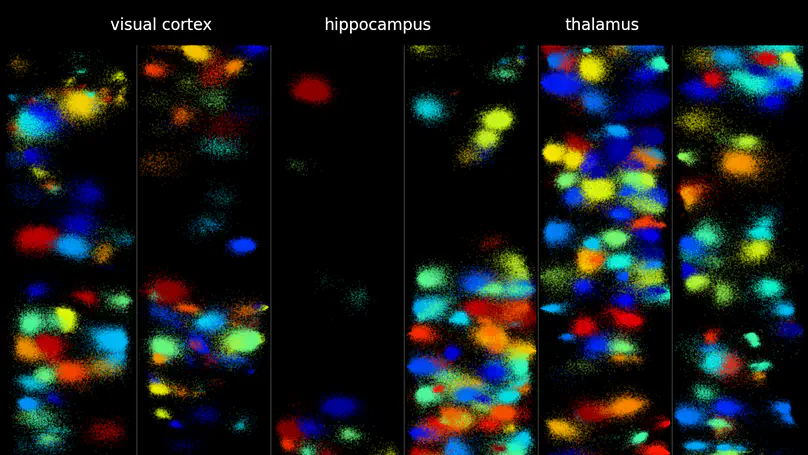
World Wide Series Seminar Kilosort is a software package for identifying neurons and their spikes in extracellular electrophysiology, a process known as “spike sorting”. Kilosort has been primarily developed and tested on the Neuropixels 1.

Ultra-low-cost, easily implemented and flexible two-photon scanning microscopy modification offering a several-fold expanded three-dimensional field of view that also maintains single-cell resolution. Application of our system for imaging neuronal activity has been demonstrated on mice, zebrafish and fruit flies

World Wide Series Seminar AAV are versatile tools used by neuroscientists for expression and manipulation of neurons. Many scientists have benefited from the high-quality, ready-to-use AAV prep service from Addgene, a nonprofit plasmid repository.
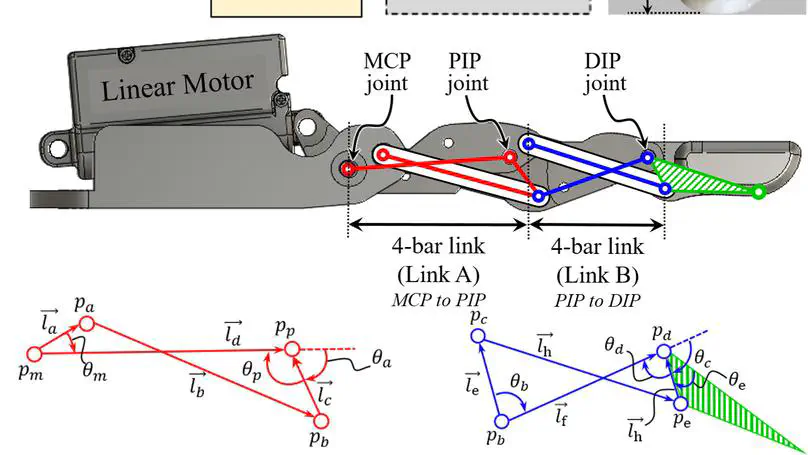
We present an open-source anthropomorphic robot hand system called HRI hand. Our robot hand system was developed with a focus on the end-effector role of the collaborative robot manipulator. HRI hand is a research platform that can be built at a lower price (approximately $500, using only 3D printing) than commercial end-effectors.
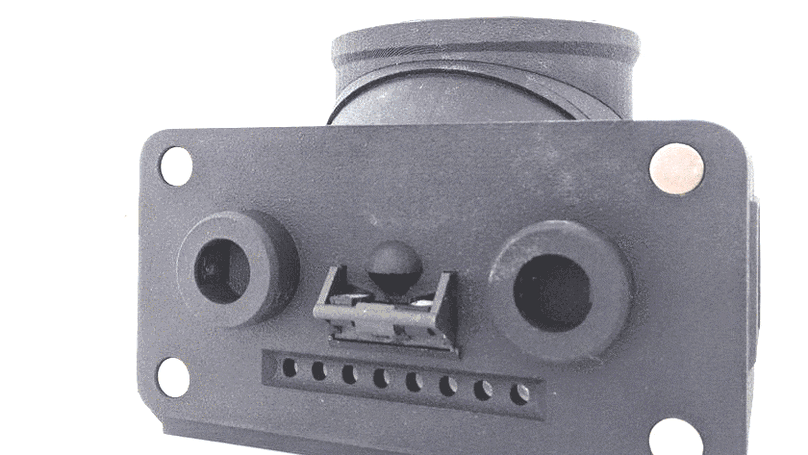
World Wide Series Seminar FED3 is an open-source battery-powered device for home-cage training of mice in operant tasks. FED3 can be 3D printed and the control code is open-source and can be modified.
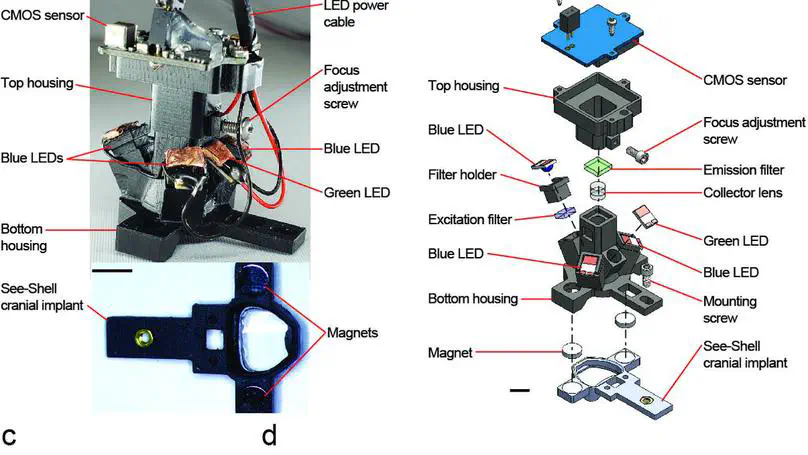
The advent of genetically encoded calcium indicators, along with surgical preparations such as thinned skulls or refractive index matched skulls, have enabled mesoscale cortical activity imaging in head-fixed mice. Such imaging studies have revealed complex patterns of coordinated activity across the cortex during spontaneous behaviors, goal-directed behavior, locomotion, motor learning,and perceptual decision making.
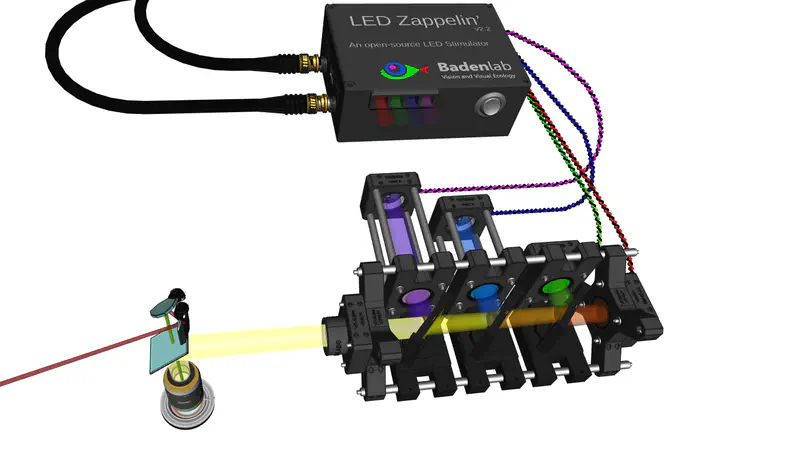
Two-photon (2P) microscopy is a cornerstone technique in neuroscience research. However, combining 2P imaging with spectrally arbitrary light stimulation can be challenging due to crosstalk between stimulation light and fluorescence detection.

World Wide Series Seminar Suite2P is a very modular imaging processing pipeline written in Python which allows you to perform registration of raw data movies, automatic cell detection, extraction of calcium traces and infers spike times.
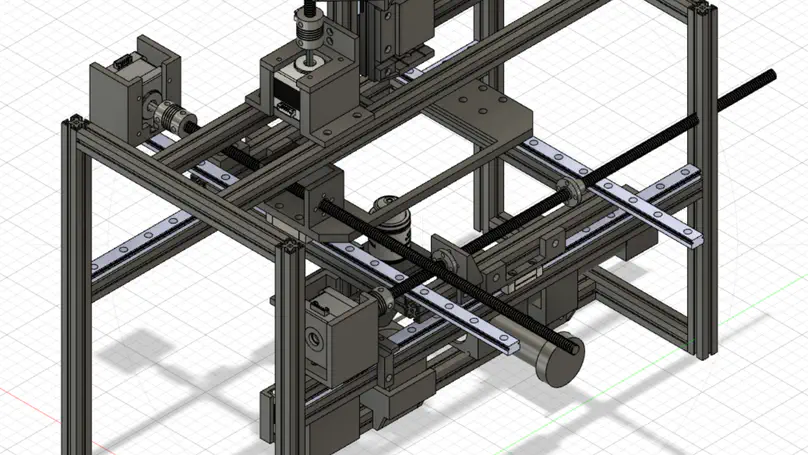
Modern Biology methods require a large number of high quality experiments to be conducted, which requires a high degree of automation. Our solution is an open-source hardware that allows for automatic high-throughput generation of large amounts of cell biology data.

The BigPint package can help examine any large multivariate dataset. However, we note that the example datasets and example code in this package consider RNA-sequencing datasets. If you are using this software for RNA-sequencing data, then it can help you confirm that the variability between your treatment groups is larger than that between your replicates and determine how various normalization techniques in popular RNA-sequencing analysis packages (such as edgeR, DESeq2, and limma) affect your dataset.